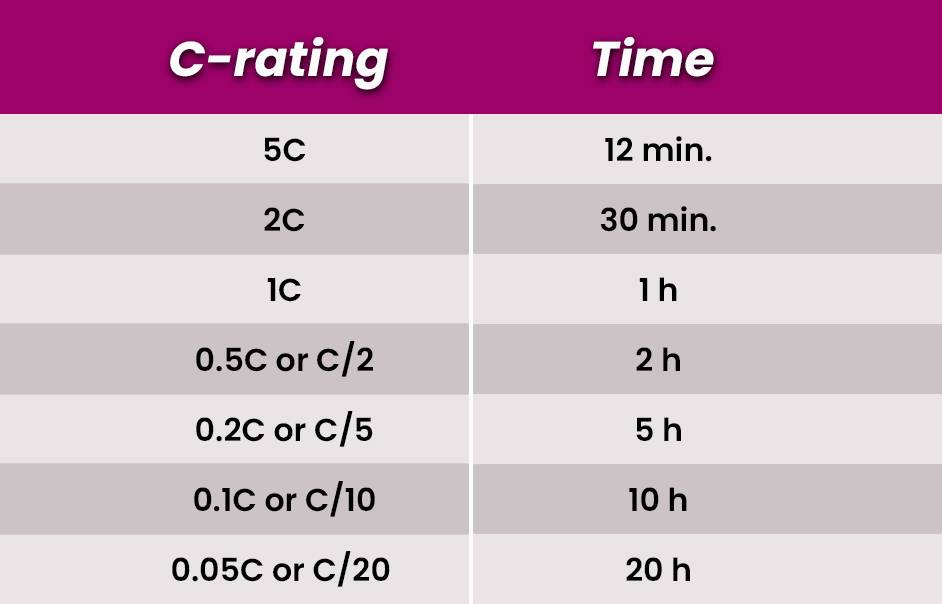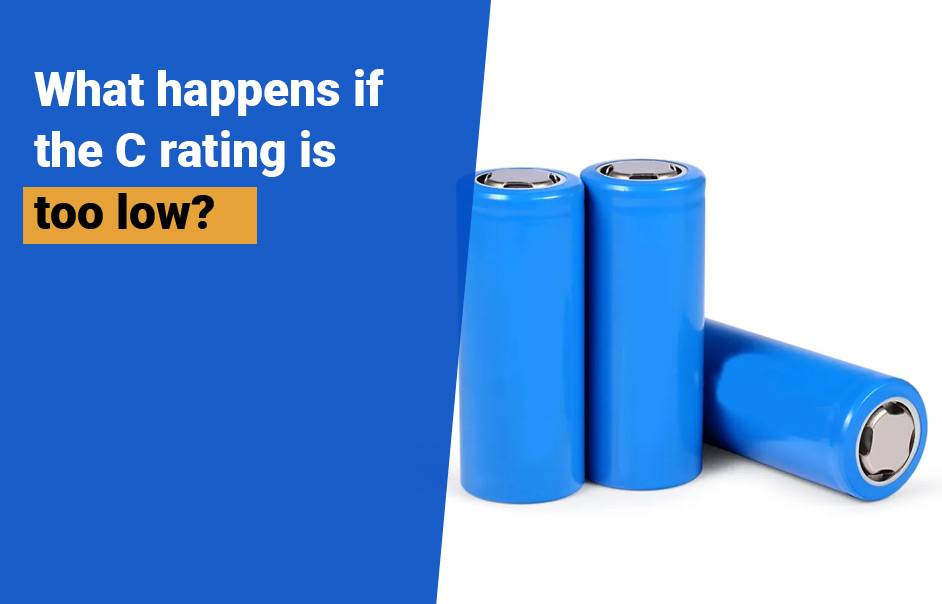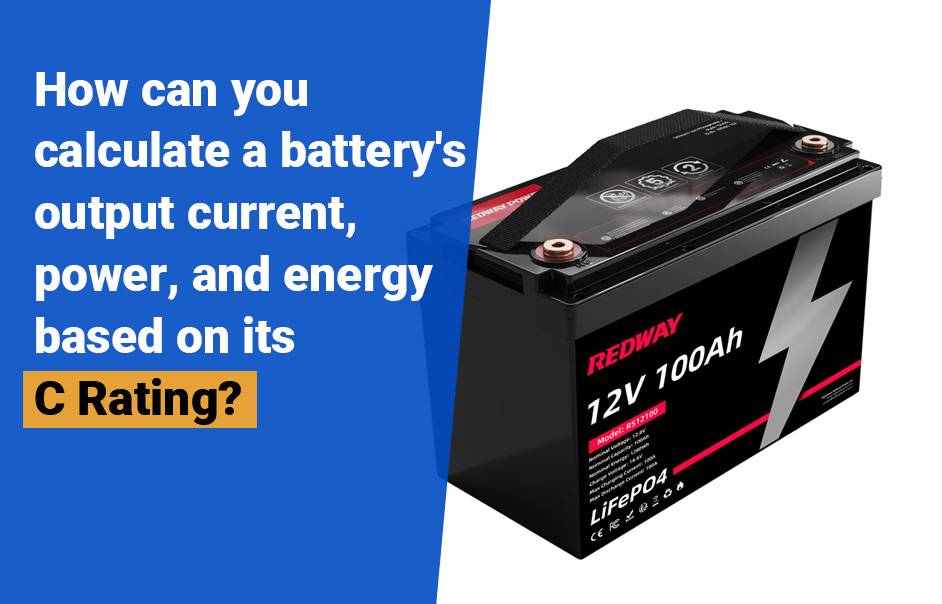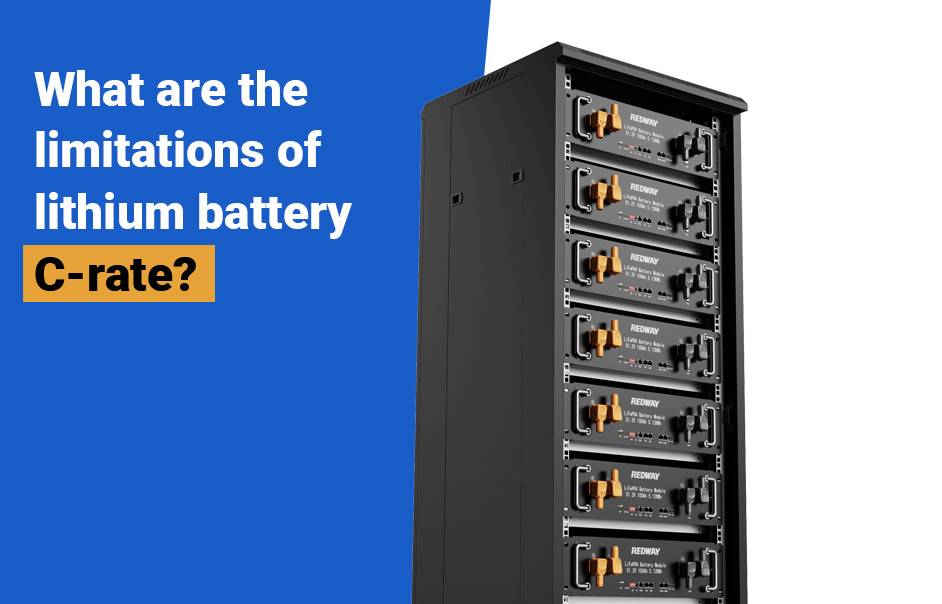- Lithium Golf Cart Battery
- Forklift Lithium Battery
-
48V
- 48V 210Ah
- 48V 300Ah
- 48V 420Ah (949 x 349 x 569 mm)
- 48V 420Ah (950 x 421 x 450 mm)
- 48V 456Ah
- 48V 460Ah (830 x 630 x 590 mm)
- 48V 460Ah (950 x 421 x 450 mm)
- 48V 460Ah (800 x 630 x 600 mm)
- 48V 460Ah (820 x 660 x 470 mm)
- 48V 500Ah
- 48V 560Ah (810 x 630 x 600 mm)
- 48V 560Ah (950 x 592 x 450 mm)
- 48V 600Ah
- 48V 630Ah
-
48V
- 12V Lithium Battery
12V 150Ah Lithium RV Battery
Bluetooth App | BCI Group 31
LiFePO4 Lithium
Discharge Temperature -20°C ~ 65°C
Fast Charger 14.6V 50A
Solar MPPT Charging - 24V Lithium Battery
- 36V Lithium Battery
- 48V Lithium Battery
-
48V LiFePO4 Battery
- 48V 50Ah
- 48V 50Ah (for Golf Carts)
- 48V 60Ah (8D)
- 48V 100Ah (8D)
- 48V 100Ah
- 48V 100Ah (Discharge 100A for Golf Carts)
- 48V 100Ah (Discharge 150A for Golf Carts)
- 48V 100Ah (Discharge 200A for Golf Carts)
- 48V 150Ah (for Golf Carts)
- 48V 160Ah (Discharge 100A for Golf Carts)
- 48V 160Ah (Discharge 160A for Golf Carts)
-
48V LiFePO4 Battery
- 60V Lithium Battery
-
60V LiFePO4 Battery
- 60V 20Ah
- 60V 30Ah
- 60V 50Ah
- 60V 50Ah (Small Size / Side Terminal)
- 60V 100Ah (for Electric Motocycle, Electric Scooter, LSV, AGV)
- 60V 100Ah (for Forklift, AGV, Electric Scooter, Sweeper)
- 60V 150Ah (E-Motocycle / E-Scooter / E-Tricycle / Tour LSV)
- 60V 200Ah (for Forklift, AGV, Electric Scooter, Sweeper)
-
60V LiFePO4 Battery
- 72V~96V Lithium Battery
- Rack-mounted Lithium Battery
- E-Bike Battery
- All-in-One Home-ESS
- Wall-mount Battery ESS
-
Home-ESS Lithium Battery PowerWall
- 24V 100Ah 2.4kWh PW24100-S PowerWall
- 48V 50Ah 2.4kWh PW4850-S PowerWall
- 48V 50Ah 2.56kWh PW5150-S PowerWall
- 48V 100Ah 5.12kWh PW51100-F PowerWall (IP65)
- 48V 100Ah 5.12kWh PW51100-S PowerWall
- 48V 100Ah 5.12kWh PW51100-H PowerWall
- 48V 200Ah 10kWh PW51200-H PowerWall
- 48V 300Ah 15kWh PW51300-H PowerWall
PowerWall 51.2V 100Ah LiFePO4 Lithium Battery
Highly popular in Asia and Eastern Europe.
CE Certification | Home-ESS -
Home-ESS Lithium Battery PowerWall
- Portable Power Stations
How to Understand and Calculate Battery C Rating

The battery C rating is a crucial specification that indicates how quickly a battery can discharge or charge relative to its capacity. Understanding and calculating the C rating helps users select the right battery for their specific needs, ensuring optimal performance and efficiency.
What Is the Battery C Rating?
The battery C rating measures the charge and discharge rates of a battery relative to its maximum capacity. For example, a 1C rating means that a fully charged battery can deliver its entire capacity in one hour. If a battery has a capacity of 100Ah, at 1C it can discharge 100 amps for one hour. A higher C rating indicates that the battery can deliver more current in a shorter time.
How Is the C Rating Calculated?
To calculate the C rating, use the formula:
C rate C =Charge or discharge current A / Rated capacity of the battery Ah
For example, if you have a 100Ah battery discharging at 50A, the calculation would be:
C rate=50A/100Ah=0.5C
This means that at this rate, it would take two hours to fully discharge the battery.
| Current (A) | Capacity (Ah) | C Rate |
|---|---|---|
| 50 | 100 | 0.5C |
| 100 | 100 | 1C |
| 200 | 100 | 2C |
Why Is the C Rating Important for Battery Performance?
The C rating is vital because it directly affects how quickly you can use or recharge your battery. Understanding this rating helps in:
- Selecting Appropriate Batteries: Ensuring that you choose batteries that can handle your specific power requirements.
- Optimizing Charging Times: Knowing how quickly you can recharge your batteries based on their ratings.
- Preventing Damage: Avoiding over-discharge or overcharge situations that could harm battery life.
What Does a Battery’s C Rating Indicate?
A battery’s C rating indicates its ability to deliver power over time. For example:
- 1C: The battery can discharge its full capacity in one hour.
- 0.5C: The battery will take two hours to discharge completely.
- 2C: The battery can discharge its full capacity in half an hour.
Higher ratings are essential for applications requiring quick bursts of energy, such as in electric vehicles or power tools.
How Do Different C Ratings Affect Battery Usage?
Different applications require different C ratings:
- Low-C Applications: Devices like solar lights may only need a low discharge rate (e.g., 0.2C) for extended use.
- High-C Applications: Racing drones or electric vehicles may require high discharge rates (e.g., up to 30C) for rapid acceleration and performance.
| Application Type | Typical C Rating |
|---|---|
| Solar Lights | 0.2C |
| Electric Vehicles | Up to 3C |
| Racing Drones | Up to 30C |
What Are Common Applications Requiring High C Rates?
Applications that often require high C rates include:
- Electric Vehicles (EVs): Quick acceleration demands high power output.
- Power Tools: Drills and saws require bursts of energy during operation.
- Drones: Need rapid power delivery for flight maneuvers.
These applications benefit from batteries with higher discharge capabilities, ensuring performance under demanding conditions.
When Should You Consider a Higher C Rating?
Consider opting for batteries with higher C ratings when:
- You need quick bursts of power for short durations.
- Your application involves high-drain devices that require immediate energy delivery.
- Safety margins are critical, as higher-rated batteries often handle stress better without overheating.
Replacement Choices for Lithium-Ion Batteries
For those considering alternatives or replacements, Redway Power offers excellent lithium-ion battery solutions suitable for various applications. These batteries provide enhanced performance and longevity compared to traditional options.
Tips for Battery Wholesale Buyers
When sourcing batteries wholesale or placing OEM orders, consider working with reliable manufacturers like Redway Power, which has over 13 years of experience in lithium battery production. Ensure you verify certifications and quality standards when making your selection.
Redway Power Expert Views
“Understanding the intricacies of battery ratings, especially the C rating, is essential for anyone looking to maximize their energy storage solutions. Selecting the right battery based on these metrics can significantly enhance performance and longevity,” states an expert from Redway Power.
What is the C Rate for Lead-Acid and Lithium Batteries? How to Calculate
FAQs
How do I choose my battery C rating?
To choose the appropriate battery C Rating, consider factors such as the required maximum current and the battery’s capacity. Select a C Rating that can safely handle the desired current for your specific application.
What is the current limit of a C battery?
The current limit of a C battery can vary depending on factors such as battery chemistry and discharge conditions. Alkaline C batteries can have a storage capacity of up to 8000 mAh, while rechargeable NiMH C batteries can hold up to 6000 mAh.
What is the discharge rate of a lithium battery in C?
The discharge rate of a lithium battery, expressed in C-rate, refers to the rate at which the battery can deliver its rated capacity. For example, a 1C discharge rate means the battery can deliver its capacity in one hour.
Is there a limit to battery capacity?
The capacity of a battery is influenced by factors such as battery chemistry and design. While there are theoretical limits to battery capacity based on energy density, practical limitations exist due to factors like size, weight, and safety considerations.
What happens if the C rating is too low?
If the C rating of a battery is too low, it may not be able to provide the necessary current for specific applications. This can lead to reduced performance, voltage drop, and potential damage to the battery or connected devices.

How does the C rate impact capacity?
At higher C rates, some energy can be lost and converted into heat, resulting in a decrease in battery capacity by 5% or more.
Implications of Different C Rates for Charging and Discharging
Using different C rates for charging and discharging batteries can impact battery performance. Higher C rates may produce lower capacity readings during discharge, while lower C rates can result in longer charging times.
What are some common battery chemistries and their associated C Rates?
Some common battery chemistries and their associated C rates include Lithium Nickel Manganese Cobalt Oxide (LiNiMnCoO2) with a C-rate range of 1-5C, Lithium Iron Phosphate (LiFePO4) with a C-rate typically ranging from 0.5C to 2C, and Nickel-Metal Hydride (NiMH) with a C-rate typically around 0.5C.
Calculating Battery Output Based on C Rating
To calculate a battery’s output current, power, and energy based on its C Rating, use the formulas: Output Current = C Rating * Capacity, Output Power = Output Current * Voltage, and Output Energy = Output Power * Time.

What are some applications that require high C Rates for batteries?
Applications that require high C Rates for batteries include RC models, drones, robotics, and vehicle jump starters. These applications require batteries capable of delivering powerful energy bursts in a short period of time.
What are the limitations of lithium battery C-rate?
The limitations of lithium battery C-rate include thermal heating and mass transfer limitations. High C-rate charging can lead to excessive heat generation due to internal resistance, while mass transfer limitations can affect the efficiency of charge and discharge processes.

Significance of Li-ion Energy Cell Protection Circuit
The protection circuit in Li-ion Energy Cells is significant in controlling discharge rates. It prevents the cells from discharging above a certain rate, typically around 1C, to ensure safe operation and protect the battery from damage.
Battery Capacity and Discharge Rate
The energy capacity of a battery can vary with the discharge rate and internal resistance. As the internal resistance of the battery increases, the voltage drop will be more pronounced, which means that the battery’s usable capacity will be reduced.
What are some typical discharge times at various C-rates for a 1Ah battery?
When examining discharge times at different C-rates for a 1Ah battery, it is essential to understand the relationship between the C-rate and the duration of discharge. A C-rate represents the rate at which a battery’s capacity is discharged or charged relative to its nominal capacity in one hour. For instance, a C-rate of 1C indicates a discharge that would deplete the battery’s full capacity in one hour.
In the context of a 1Ah battery, various C-rates correspond to different discharge times. For example, a C/5 or 0.2C rate signifies a discharge that would take 5 hours to deplete the battery’s capacity fully. Conversely, a 1C rate is equivalent to a one-hour discharge, while a 0.5C or C/2 rate represents a two-hour discharge duration. Moreover, for a 1Ah battery, typical discharge times at different C-rates can be summarized as follows:
– 5C rate: 12 minutes
– 2C rate: 30 minutes
– 1C rate: 1 hour
– 0.5C rate: 2 hours
– 0.2C rate: 5 hours
– 0.1C rate: 10 hours
– 0.05C rate: 20 hours
These discharge times provide insights into how the battery’s capacity is utilized at varying rates, influencing the overall performance and longevity of the battery during operation.
How are battery capacities measured using a battery analyzer?
To measure battery capacities using a battery analyzer, discharge the battery through a load and measure the current and time. The capacity is usually expressed in milliamp-hours (mAh) or watt-hours (Wh).
Battery Capacity Rating Methods
To obtain capacity readings, manufacturers commonly rate alkaline and lead-acid batteries at a very low 0.05C or a 20-hour discharge. This slow discharge rate allows for a reasonably accurate measurement of the battery’s capacity.
Adjusting Battery Capacity Readings at Varying C Rates
To adjust for discrepancies in battery capacity readings when discharged at different C rates, manufacturers provide capacity offsets. These offsets account for the differences in capacity observed when a battery is discharged at a higher C rate than specified.
Is Li-ion the solution for electric vehicles?
Li-ion batteries are currently the leading solution for electric vehicles due to their high energy density, efficiency, and long cycle life. While they dominate the market, research continues on alternatives like solid-state batteries to address limitations like cost, range, and safety.
How do batteries compare to fossil fuels?
Batteries offer a cleaner and more sustainable energy storage solution compared to fossil fuels, which produce greenhouse gases and pollution. However, batteries depend on electricity, which may still be generated from fossil fuels. Batteries are also more efficient in converting stored energy into usable power.
Is the electric car mature?
The electric car has reached a high level of maturity, with significant advancements in battery technology, performance, and infrastructure. However, challenges such as range anxiety, charging infrastructure, and raw material supply for batteries still need to be addressed.
What causes car batteries to fail?
Car batteries fail due to factors like extreme temperatures, overcharging, deep discharging, aging, and corrosion of terminals. Lack of regular maintenance and infrequent charging can also contribute to battery degradation and eventual failure.
What are advanced battery analyzers?
Advanced battery analyzers are tools used to assess the health, capacity, internal resistance, and overall performance of batteries. They provide detailed diagnostics to ensure batteries operate safely and efficiently, helping to detect issues before they lead to failure.
How do batteries impact portable computing?
Batteries are crucial for portable computing, providing the necessary power for laptops, tablets, and smartphones to operate away from fixed power sources. They enable mobility and determine the runtime and usability of these devices.
Is battery memory myth or fact?
Battery memory is a real phenomenon in older nickel-cadmium (NiCd) batteries, where partial discharges could cause a loss of capacity. However, in modern batteries like Li-ion, the memory effect is virtually non-existent, making it more of a myth in current technology.
What is the role of wireless communications in battery technology?
Wireless communications are vital in battery technology for monitoring and managing battery health remotely. They enable real-time data transmission on battery status, facilitating better management, optimization, and safety in applications like electric vehicles and smart grids.
How do batteries interact with digital loads?
Batteries provide consistent power to digital devices, which often have fluctuating power demands. They ensure stable operation by adjusting to the varying load requirements, supplying energy as needed for different tasks.
Will the fuel cell have a second life?
Fuel cells may find a “second life” in applications requiring longer energy duration, such as heavy-duty transportation and backup power systems. As technology advances, fuel cells could become more competitive with batteries, particularly in sectors where battery limitations are a concern.













